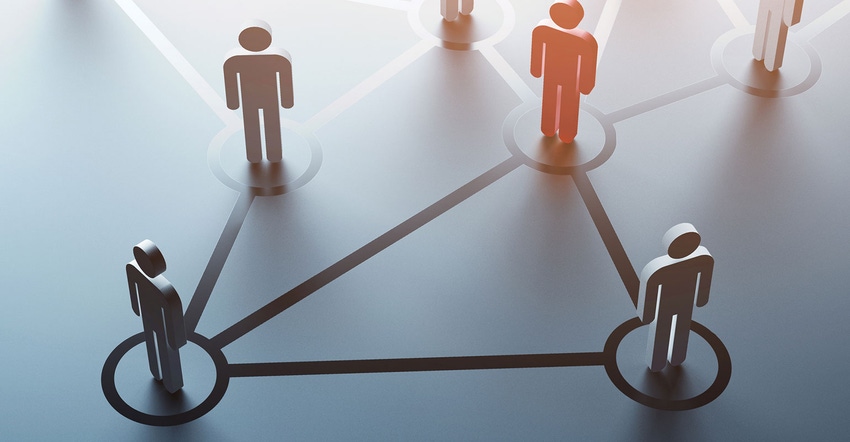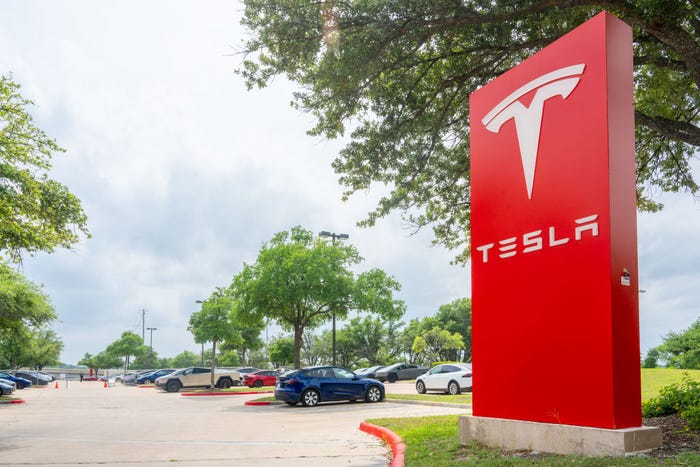A history professor turned technology expert has created an IoT research group. In this interview, he shares information on how the group is driving interdisciplinary research and muses on the Internet of Things at large.
July 28, 2016

Stephen H. Haliczer, Special Assistant to the Vice-President for Information Technology at Northern Illinois University (NIU), has founded and developed a unique IoT research group there. “This research group constitutes the largest interdisciplinary research effort in the history of NIU,” he says. “Since IoT has an impact on every discipline taught at the university from electrical engineering to psychology, it is uniquely conducive to interdisciplinary research.”
Haliczer says he would like to encourage other universities in the region to follow NIU’s example and form their own interdisciplinary research groups. “At a later stage, such research groups might create an association and share resources thereby forming a powerful academic structure for IoT research and development which could then support the efforts by business and industry in the Midwest,” he says. “I would be happy to advise other universities on how to best go about establishing a research group of their own.”
Before he accepted his current role in 2014, Haliczer was a history professor focusing on the early modern period including the Spanish Inquisition and was featured on several television documentaries.
“As a historian, I have always had a strong interest in quantification and the relationship between quantitative and qualitative research,” he says.
In the 1980s, he joined an international group of scholars to further a movement that became known as “The new inquisition history” because it stressed extensive archival research and the use of quantitative methods to analyze the enormous amounts of data that were contained in the case files of the accused. “I used NIU’s mainframe computer to analyze the data that I needed for my book on the Inquisition in Valencia,” he explains.
Haliczer appeared in the BBC Time Watch program titled “The Myth of the Spanish Inquisition” and played a significant role in the 2007 docudrama “Secret Files of the Inquisition,” which was shown on PBS and other networks around the world.
The television shows focused on the persecution of various sub-groups guilty of religious deviance. But as an institution, the Inquisition was unique as it was the first global penal system with tribunals in Europe, the Americas, and Asia.
The several tribunals shared information about suspects by making use of the first communications revolution: rapid sailing ships moving along worldwide trade routes. “In a similar way, the data flow that sustains the IoT moves along the Internet that constitutes our own global communications revolution,” he notes.
Haliczer’s interest in information technology helped pave the way for a transition to a role at the university designed to encourage the use of digital technologies among researchers. “Organization of the IoT research group was a natural outcome of this responsibility,” he says.
“At present, our NIU research group is made up of more than 30 members drawn from four separate colleges and nine departments and receives support from the division of information technology,” he explains. The members of the group are pursuing six different research projects including two with significant commercial potential. “We are prepared to accept a limited number of consulting projects,” he says, inviting interested companies or government agencies to reach out to Dr. Haliczer via email.
In the following Q&A, Haliczer touches on what he sees as the biggest upside of the IoT:
What do you see as the biggest potential of the Internet of Things?
Interconnectivity combined with universality. Devices, machines, and people all connected will make for brilliant and heretofore impossible synergies. One example might be sensors on certain machinery detecting small amounts of pollution derived from the machine’s operation. Checking the health-related data transmitted by smartwatches or smart clothing of workers at the plant could reveal a health hazard from this hitherto unknown source. Another example could be the use of virtual reality experiences to enhance human brain functioning to help students with learning disorders. Subjects could access such VR materials over the web and use them over and over again to gain the maximum neuroplasticity effect.
What kind of policy changes or societal shifts do you think are needed for the Internet of Things?
There can be little doubt that the success of IoT depends greatly on the degree to which it can be secured from hackers. Hardly a day goes by without news of a hack or attempted hack. Utilities remain among the sectors least prepared to deal with hacking and yet most vulnerable to disruption. Just to give one example, in March a cyber-attack infiltrated a major water utility’s control system. The attack exposed the weakness of the utility’s outmoded operational control system. The hackers were able to manipulate the valves controlling the amount of chemicals entering the water supply. No harm was done but the thought of hackers being able to contaminate city water underscores the need to place security at the forefront of IoT systems.
Dealing realistically with the security issue and that means not cutting corners.
Unfortunately, experts agree that lack of awareness of system vulnerabilities and unwillingness to invest in cybersecurity measures is endemic across many industries. The automobile industry is a good case in point. With the global installed base of connected vehicles forecast to hit 381 million by 2020, the industry will afford hackers a wealth of targets. The unwillingness of automobile companies to invest in cybersecurity is evidenced by the fact that while the average new car in 2015 contained more than 30 microprocessors, only a little more than 2 percent had hardware security features.
What is your advice to other industry professionals looking to deploy an IoT solution?
Consider how IoT will on act your industry during the next decade and align your company strategy accordingly. In the present context, with so much progress and so much disruption hitting so many industries, it is more important to know how to say yes than to say no. Above all, do not be afraid to put resources behind a “moonshot” where connectivity and data come together in new and unexpected ways. That “moonshot” might give your company a decisive advantage in the marketplace.
Also, do not be afraid of consulting people outside of your area of specialization.
Could you cite a couple of examples of experts that industry professionals should reach out to?
Professor Karen Smilowitz-Department of Industrial Engineering Northwestern and Professor Patrick Lin-Director of the Ethics and Emerging Sciences Group, Philosophy Department California Polytechnic University.
About the Author(s)
You May Also Like


.png?width=700&auto=webp&quality=80&disable=upscale)
.png?width=300&auto=webp&quality=80&disable=upscale)


.png?width=300&auto=webp&quality=80&disable=upscale)